Advancements in Diagnostic Technologies
Technological advancements in diagnostic tools are significantly impacting the chorea market in South America. Enhanced imaging techniques, such as MRI and CT scans, allow for more accurate identification of chorea-related conditions, leading to timely interventions. The integration of genetic testing has also emerged as a pivotal factor, enabling healthcare professionals to diagnose hereditary forms of chorea with greater precision. As diagnostic capabilities improve, the identification of affected individuals is likely to increase, thereby driving demand for therapeutic options. The market could witness a surge in the development of targeted treatments, as healthcare providers gain insights into the underlying genetic and environmental factors contributing to chorea disorders.
Rising Demand for Personalized Medicine
The trend towards personalized medicine is gaining traction in South America, influencing the chorea market. Patients are increasingly seeking tailored treatment options that consider their unique genetic profiles and disease characteristics. This shift is prompting pharmaceutical companies to invest in research and development of individualized therapies for chorea disorders. The market may see a rise in the availability of targeted treatments that address specific genetic mutations associated with conditions like Huntington's disease. As awareness of personalized medicine grows, healthcare providers are likely to adopt these innovative approaches, enhancing treatment efficacy and patient satisfaction in the chorea market.
Increasing Incidence of Chorea Disorders
The rising incidence of chorea disorders in South America is a crucial driver for the chorea market. Recent studies indicate that the prevalence of Huntington's disease, a primary cause of chorea, is estimated to affect approximately 5 to 10 individuals per 100,000 in certain regions. This growing patient population necessitates enhanced healthcare services and treatment options, thereby stimulating market growth. Furthermore, the increasing recognition of other chorea-related conditions, such as Sydenham's chorea, is likely to contribute to the demand for specialized therapies. As healthcare providers become more aware of these disorders, the chorea market is expected to expand, with a focus on developing effective treatment modalities tailored to the unique needs of patients in South America.
Increased Collaboration Among Stakeholders
Collaboration among various stakeholders, including healthcare providers, researchers, and patient advocacy groups, is emerging as a significant driver in the chorea market. In South America, partnerships are being formed to facilitate research initiatives aimed at understanding chorea disorders better. These collaborations may lead to the development of new therapeutic strategies and improved patient care protocols. Additionally, joint efforts in awareness campaigns can enhance public understanding of chorea, potentially leading to earlier diagnosis and treatment. As stakeholders work together to address the challenges associated with chorea disorders, the market is likely to benefit from a more coordinated approach to healthcare delivery.
Growing Investment in Healthcare Infrastructure
Investment in healthcare infrastructure across South America is a vital driver for the chorea market. Governments and private entities are increasingly allocating funds to enhance healthcare facilities, particularly in underserved regions. This investment is expected to improve access to specialized care for patients suffering from chorea disorders. For instance, the establishment of neurology clinics and rehabilitation centers is likely to facilitate early diagnosis and treatment, ultimately benefiting patient outcomes. As healthcare systems evolve, the chorea market may experience growth, with a focus on developing comprehensive care models that address the multifaceted needs of patients and their families.


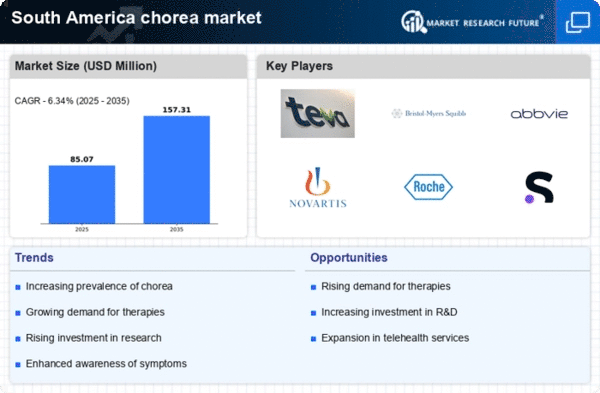
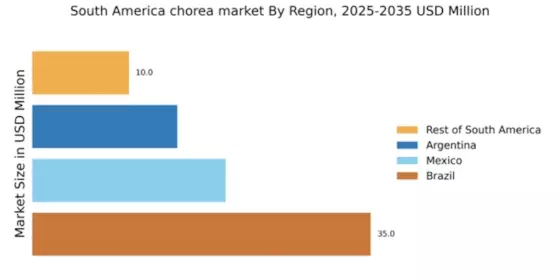

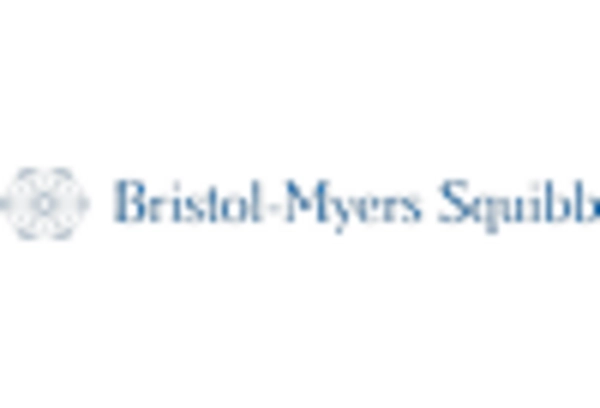

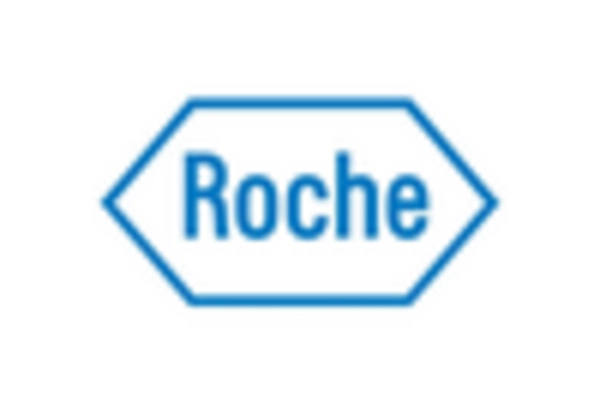
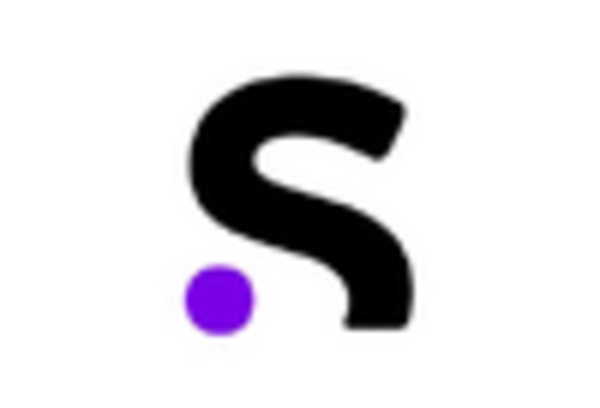
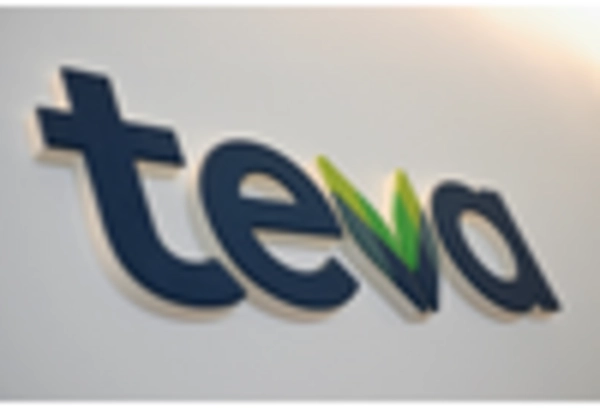








Leave a Comment